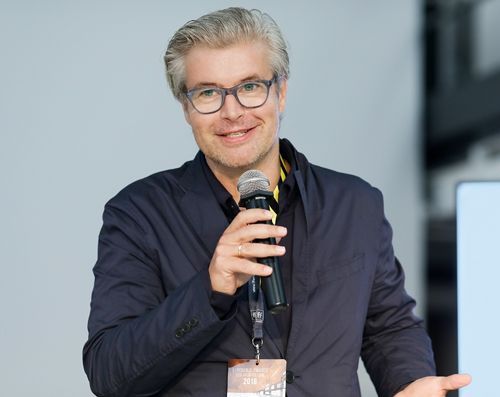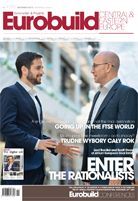Anna Pakulniewicz, ‘Eurobuild CEE’: I discovered during your presentation at the Architecture Festival organised by Eurobuild Conferences that you are no fan of plants in offices …
Thomas Feichtner, Thomas Feichtner Studio, designer: I have to say that I love nature; I love being outside. This year I spent a holiday in the Rocky Mountains without any connections – no mobile, no laptop, just a canoe on the lakes, so I am not against nature, but I only love it when it is outside. When I‘m indoors, I need to be focused. And what I like is a place where I can concentrate. There is an Arabic saying: “God made the desert so people have a place to think.” I think this is true. You need an open space, a blank space, somewhere where you can really do some thinking.
I like it when it is white and clear all around, but I really like my plant on my desk.
People need to have something like a horizon. To have space to clear the mind. That’s why it&































































